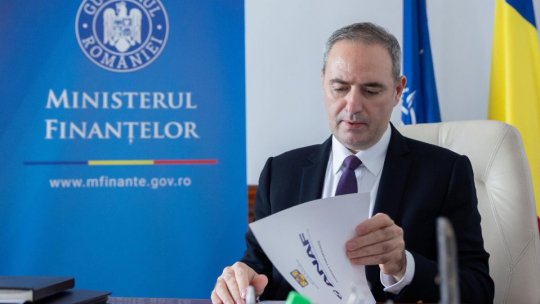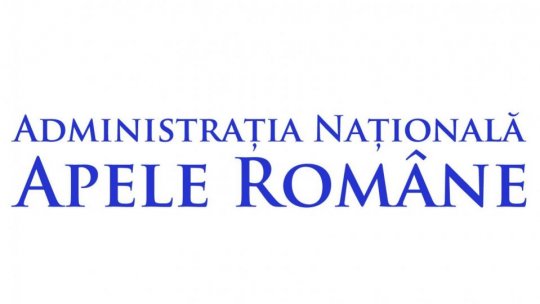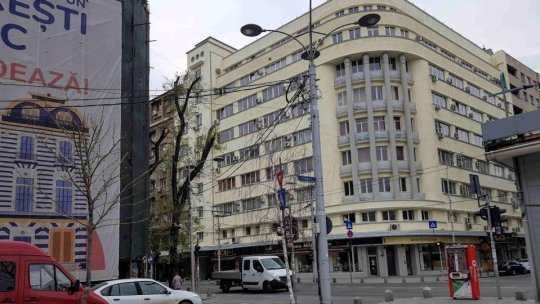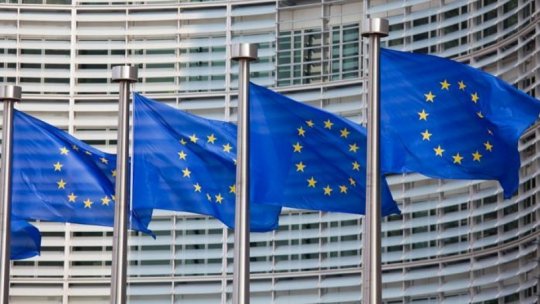Romania's Energy Strategy
Romania's Energy Strategy for the next 20 years is now under public debate.
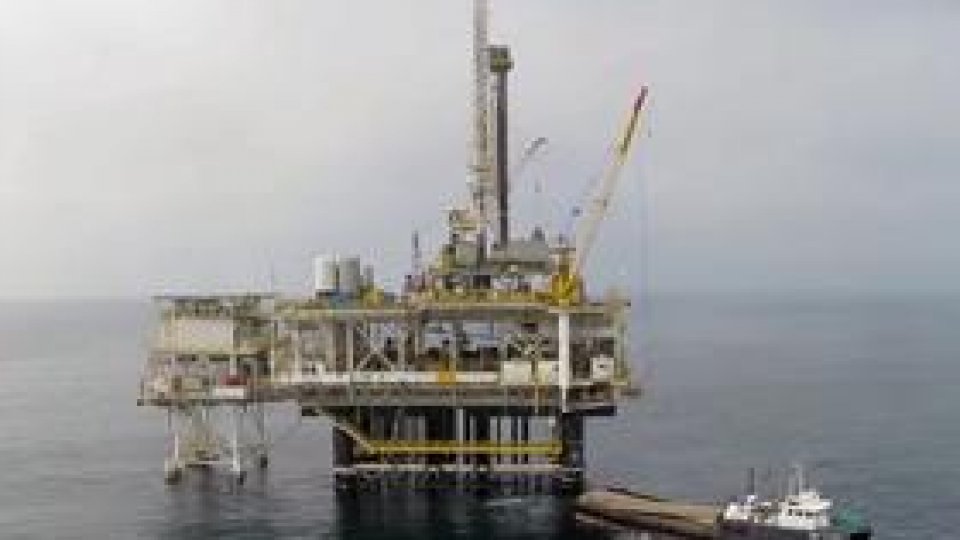
Articol de Radio România Internaţional, 09 Decembrie 2014, 11:33
Investment needed in the Romanian energy sector in the 2015 – 2035 period are estimated at approximately 100 billion Euros, according to the National Energy Strategy, which is now under public debate.
The strategy is based on an analysis of the energy system and of the commitments made by Romania as EU member state and was developed together with specialists from the academic environment, business people and civil society representatives.
According to the document, Romania must ensure a stable, predictable and transparent market, by developing proper public strategies and policies, and by removing any potential barrier in the way of investment.
Moreover, the transformation of the energy sector must be supported throughout the next decade by significant investment, new production, transport and distribution capacities, retechnologization and modernization of the existing equipment.
The strategy provides for the modernization of the nuclear, hydro-electric and coal power plants, but it also relies on the exploitation of natural gas reserves in the Black Sea.
After discovering in 2012 a huge reserve of natural gas in the Romanian continental plateau of the Black Sea, OMV Petrom has this year identified an oil reserve, also in the Black Sea, but closer to the Romanian coast.
This could redesign Europe’s energy map, experts say.
Thanks to the natural gas in the Black Sea, Romania might not need imports any longer, and if the reserves are bigger than estimated, then the extracted hydrocarbons might cover some of the European needs as well, explained the board of OMV Petrom, a company where the Romanian state has shares too.
Currently, Romania covers most of its natural gas consumption needs from its own resources, the rest, less than 20%, being imported from Russia.
Following Moscow’s recent decision to drop the South Stream project, the EU is trying to protect itself from Russia’s moods and is looking for alternative gas supply routes.
One of the possibilities is a gas pipe line to cross Turkey.
The EU is also interested in developing the transport of liquefied natural gas between Georgia and Romania, via the Black Sea.
On the other hand, Romania is still working on linking its pipeline network with those of its neighbors.
Bucharest has understood that one way of obtaining energy independence is to reduce energy consumption, through programs such as the thermal rehabilitation of blocks of flats in Bucharest or the “green revolution”, meaning massive investments in wind energy and biogas production.



